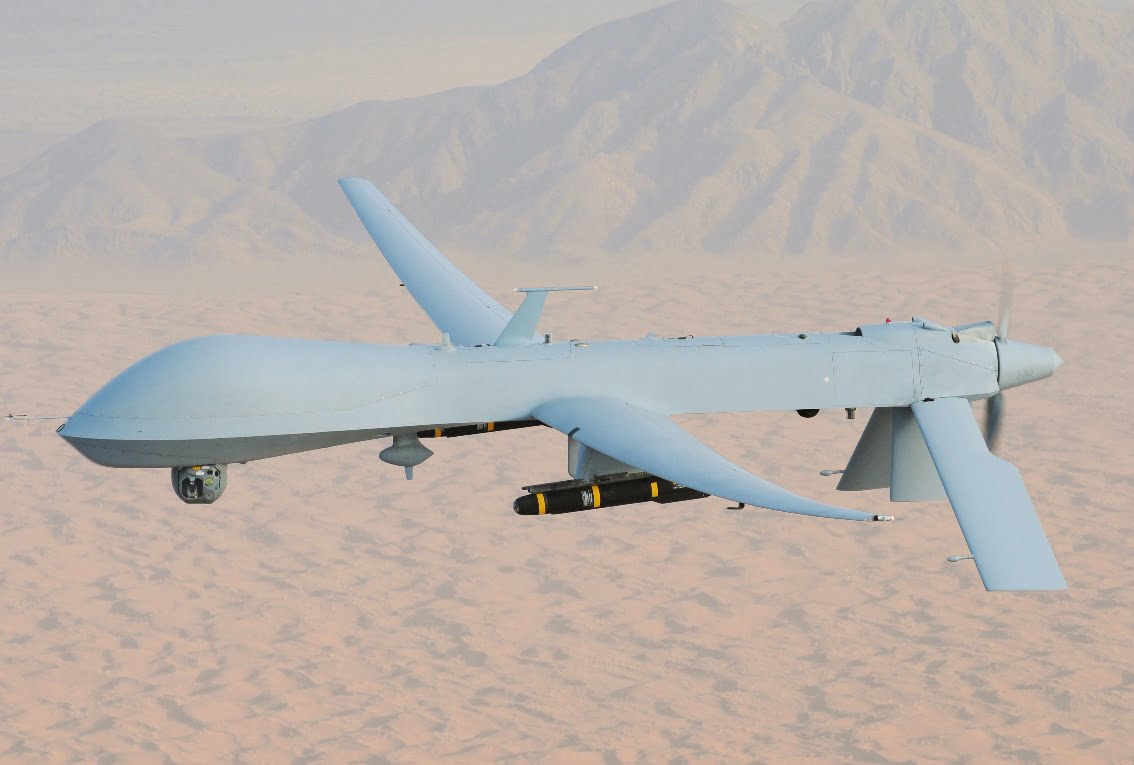Exploring the Chinese IAI Harpy: A High-Tech Aerial Predator

- The Origins of the Chinese IAI Harpy
- The Capabilities of the Chinese IAI Harpy
- The Role of the Chinese IAI Harpy in Fighter Aircraft Operations
- The Future of the Chinese IAI Harpy
- frequently asked questions from Fighter Aircraft readers
- What is the role of the Chinese IAI Harpy in modern fighter aircraft technology?
- How does the Chinese IAI Harpy compare to other unmanned combat aerial vehicles (UCAVs) in terms of performance and capabilities?
- What are the key features and specifications of the Chinese IAI Harpy that make it a viable choice for fighter aircraft operations?
- Are there any known instances where the Chinese IAI Harpy has been successfully deployed in combat scenarios, and if so, what were the outcomes?
The Origins of the Chinese IAI Harpy
The Chinese IAI Harpy is a formidable fighter aircraft with an intriguing history. This section explores the origins and development of this remarkable aircraft.
The Chinese IAI Harpy has its roots in a collaborative effort between China and Israel. This partnership began in the late 1980s when China expressed its interest in acquiring advanced technology for its military. Israel, renowned for its expertise in defense technologies, saw an opportunity for collaboration.
Israel's contribution: Israel Aerospace Industries (IAI) played a significant role in the development of the IAI Harpy. It brought expertise in unmanned aerial vehicle (UAV) technology and integrated it into the design of the Harpy. The Israeli team provided crucial guidance in aerodynamics, avionics, and weapon systems.
Chinese modifications: While the Chinese IAI Harpy primarily draws inspiration from the original Israeli design, certain modifications were made to suit China's specific requirements. These modifications include enhancements in the aircraft's stealth capabilities, increase in payload capacity, and integration of advanced electronic warfare systems.
The Capabilities of the Chinese IAI Harpy
The Chinese IAI Harpy boasts impressive capabilities that make it a force to be reckoned with in the skies. Let's delve into some of its notable features and strengths.
Aerial surveillance and reconnaissance: The Chinese IAI Harpy is equipped with state-of-the-art sensors and imaging technology, enabling it to conduct comprehensive aerial surveillance and reconnaissance missions. Its ability to gather real-time intelligence is crucial for strategic planning and situational awareness.
Long-endurance capability: The IAI Harpy is known for its exceptional endurance, allowing it to stay airborne for extended periods. This capability enables it to cover vast areas of interest and provide continuous support to ground forces.
High degree of autonomy: The Chinese IAI Harpy is designed to operate autonomously, reducing the need for constant human intervention. It can execute pre-programmed missions and adapt to changing circumstances without direct control, enhancing its operational efficiency.
The Role of the Chinese IAI Harpy in Fighter Aircraft Operations
The Chinese IAI Harpy plays a crucial role in supporting fighter aircraft operations, providing invaluable assistance in various scenarios. Let's explore its contributions in these contexts.
Suppression of enemy air defenses (SEAD): The Chinese IAI Harpy can effectively neutralize enemy air defense systems by autonomously targeting and engaging radar installations and surface-to-air missile sites. Its stealth capabilities allow it to approach undetected, making it an ideal asset for SEAD missions.
Strategic intelligence gathering: The IAI Harpy's aerial surveillance capabilities make it highly suitable for strategic intelligence gathering. It can collect vital information about enemy positions, movements, and intentions, empowering commanders to make informed decisions.
The Future of the Chinese IAI Harpy
As technology advances and warfare strategies continue to evolve, the Chinese IAI Harpy is expected to undergo further enhancements and upgrades. Let's take a glimpse into what the future may hold for this impressive aircraft.
Improved stealth and survivability: Future iterations of the Chinese IAI Harpy are likely to incorporate advanced stealth technologies, allowing it to operate with increased invisibility and survivability in hostile environments.
Enhanced offensive capabilities: The Chinese IAI Harpy may see the integration of more powerful and precise weaponry, enabling it to carry out precision strikes against strategic targets with greater efficacy.
Greater autonomy and artificial intelligence: Continuing advancements in autonomous systems and AI may lead to even higher levels of automation and decision-making capabilities for the Chinese IAI Harpy. This could enhance its overall performance and operational effectiveness.
In conclusion, the Chinese IAI Harpy stands as a testament to the fruitful collaboration between China and Israel in the realm of fighter aircraft. Its origins, capabilities, and role in operations make it an essential asset for the Chinese military, with exciting possibilities for future development.
frequently asked questions from Fighter Aircraft readers
What is the role of the Chinese IAI Harpy in modern fighter aircraft technology?
The Chinese IAI Harpy plays a significant role in modern fighter aircraft technology. The Harpy is an unmanned combat aerial vehicle (UCAV) that is designed to perform autonomous pre-emptive strikes against enemy radar systems. Its primary function is to neutralize enemy air defense systems, allowing fighter aircraft to operate in hostile airspace with reduced risk.
The Harpy is equipped with a radar seeker and a high-explosive warhead, enabling it to detect and destroy radar-emitting targets with precision. It can autonomously search for and engage multiple targets simultaneously, making it an effective tool for suppressing enemy air defenses.
The integration of the Harpy into modern fighter aircraft technology offers several advantages. Firstly, it provides fighter pilots with enhanced situational awareness as it can detect and neutralize threats from a distance. This allows them to focus on their primary mission objectives without being distracted by enemy radar systems.
Additionally, the Harpy's autonomous capabilities reduce the need for human operators and decrease the risk of casualties in combat. It can be launched from both land-based platforms and fighter aircraft, providing flexibility in its deployment.
Furthermore, the Harpy's stealthy design and low radar cross-section make it difficult for enemy air defense systems to detect and track, giving fighter aircraft a tactical advantage in penetrating hostile airspace undetected.
In conclusion, the Chinese IAI Harpy plays a critical role in modern fighter aircraft technology by neutralizing enemy radar systems, enhancing situational awareness, reducing human risk, and improving the effectiveness of fighter aircraft in hostile environments.
How does the Chinese IAI Harpy compare to other unmanned combat aerial vehicles (UCAVs) in terms of performance and capabilities?
The Chinese IAI Harpy, also known as the CH-4 Rainbow, is an unmanned combat aerial vehicle (UCAV) manufactured by China Aerospace Science and Technology Corporation (CASC). It is designed to perform surveillance and strike missions.
In terms of performance, the IAI Harpy has a maximum speed of approximately 150 knots and a range of around 1,080 kilometers. It can operate at altitudes of up to 7,500 meters and has a maximum endurance of 40 hours. The UCAV is powered by a piston engine, which allows it to carry a payload of up to 345 kilograms.
When it comes to capabilities, the IAI Harpy carries various types of payloads, including electro-optical and infrared sensors for reconnaissance missions, as well as air-to-surface missiles for strike missions. It also offers real-time data transmission and can be remotely controlled or operate autonomously.
Compared to other UCAVs in its class, the IAI Harpy stands out for its endurance and range, allowing for longer and more extensive missions. Additionally, its ability to carry different payloads makes it versatile in fulfilling various mission objectives.
Overall, the IAI Harpy showcases solid performance and capabilities, positioning it as a competitive UCAV within the market.
What are the key features and specifications of the Chinese IAI Harpy that make it a viable choice for fighter aircraft operations?
The Chinese IAI Harpy is a viable choice for fighter aircraft operations due to its key features and specifications.
1. Autonomous Operation: The IAI Harpy is designed to operate autonomously, meaning it can perform its mission without human intervention. This capability allows fighter aircraft to focus on other critical tasks while the Harpy carries out its assigned mission.
2. Loitering Capability: The Harpy has a long loitering time, which means it can stay in the air for extended periods, waiting for a target to appear. This feature makes it suitable for surveillance and strike missions, as it can patiently wait for the right opportunity to engage.
3. Anti-Radar Capabilities: The Harpy is equipped with anti-radar capabilities, enabling it to detect and attack enemy radar systems. This makes it an effective tool for suppressing enemy air defenses, providing a safer environment for fighter aircraft operations.
4. High Speed and Maneuverability: Despite its autonomous nature, the Harpy possesses high speed and maneuverability. These qualities allow it to quickly engage targets or evade enemy countermeasures if necessary.
5. Versatile Payload Options: The Harpy can be equipped with various payloads, including a warhead or electronic jamming equipment. This versatility enables it to adapt to different mission requirements and enhance its effectiveness in a variety of scenarios.
6. Advanced Targeting System: The Harpy is integrated with an advanced targeting system that provides accurate and reliable target identification. This ensures precise engagement and minimizes the risk of collateral damage.
In conclusion, the Chinese IAI Harpy offers key features such as autonomous operation, long loitering capability, anti-radar capabilities, high speed and maneuverability, versatile payload options, and an advanced targeting system. These specifications make it a viable choice for fighter aircraft operations, enhancing their effectiveness and providing valuable support on the battlefield.
Are there any known instances where the Chinese IAI Harpy has been successfully deployed in combat scenarios, and if so, what were the outcomes?
The Chinese IAI Harpy, also known as the CH-91 UAV, has been deployed in combat scenarios by various countries. However, it is important to note that the information available on the outcomes of these deployments is limited and often not publicly disclosed due to the sensitive nature of military operations.
The IAI Harpy is an autonomous loitering munition designed to detect and engage radar installations. It is primarily used for suppression and destruction of enemy air defenses. The exact details of its combat engagements remain classified, but there are reports suggesting its successful utilization.
For instance, during the Nagorno-Karabakh conflict in 2020, Azerbaijan reportedly employed the IAI Harpy against Armenian air defense systems with some level of success. It is believed that the Harpy played a role in neutralizing Armenian radar installations, thereby weakening their air defense capabilities.
Moreover, other countries such as India, China, and Turkey have also acquired and deployed the IAI Harpy, but specific combat outcomes are not readily available.
In conclusion, while specific combat outcomes of the Chinese IAI Harpy deployment may not be widely known, there are instances where it has been reportedly used with varying degrees of success.
In conclusion, the Chinese IAI Harpy has emerged as a formidable addition to the world of Fighter Aircraft. Its advanced capabilities in autonomous operation and precision strikes make it a force to be reckoned with. With its long endurance and versatile nature, the Harpy proves to be a strategic asset for the Chinese military. However, it is important to note that this aircraft also raises concerns about potential destabilization and escalation of conflicts, as its deployment may lead to increased tensions in the region. As China continues to develop and enhance its Fighter Aircraft capabilities, the global power dynamics in the aerospace industry are likely to undergo significant shifts.

You liked this publication Exploring the Chinese IAI Harpy: A High-Tech Aerial Predator See more here Drones.
